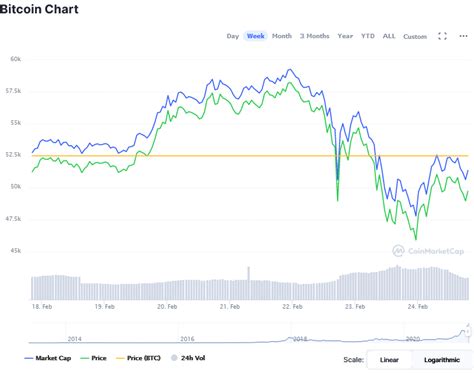The Power of Whales: Understanding the Influence of Large Cryptocurrency Holders
Cryptocurrencies have revolutionized the way we think about digital assets, offering a platform for individuals to buy, sell, and trade unique digital tokens with unprecedented ease. However, behind every successful cryptocurrency are some extraordinary individuals known as whales. These massive holders wield significant influence over the market, making them key players in shaping trends, driving prices, and even influencing regulatory decisions.
Who are Whales?
In simple terms, “whale” refers to a large-scale investor who holds a substantial amount of cryptocurrency in their wallet. The term originated from the idea that these whales can “swamp the market” by buying up large quantities of coins at inflated prices, then selling them off when the price plummets. Whales come in various shapes and sizes, but most are institutional investors, hedge funds, or even individual traders who have a vested interest in their chosen cryptocurrencies.
The Influence of Large Holders
Whales play a significant role in shaping the cryptocurrency market due to several factors:
- Market Cap: The largest holders typically control the majority of a cryptocurrency’s market capitalization (market cap). For example, if Bitcoin’s market cap is $2 trillion, the 10% of whales with more than $50 million in their wallets can have an enormous influence on the price.
- Buying Power: Whales are often able to purchase large quantities of coins at discounted prices, which can drive up demand and subsequently increase prices. This phenomenon has led some investors to speculate that whales are buying coins from sellers who are desperate to sell due to market volatility.
- Order Flow: Whales can manipulate order flow by placing large buy orders or selling orders, influencing the price of a cryptocurrency in real-time.
- Regulatory Influence: Large whales can exert significant influence on regulatory decisions regarding their chosen cryptocurrencies. For instance, if a whale holds a significant portion of Bitcoin’s market cap, it may push governments to create favorable policies for the cryptocurrency industry.
Examples of Powerful Whales
Some notable examples of influential whales in the cryptocurrency space include:
- Billy Markus: The pseudonymous founder of Bitcoin Core, Billy Markus is estimated to hold over 10 million Bitcoins (worth around $100 million). His influence on the market has been significant, particularly during times of price fluctuations.
- Satoshi Nakamoto: Although his true identity remains a mystery, it’s widely believed that Satoshi Nakamoto holds approximately 1 million Bitcoins, worth around $50 billion. Their impact on the market is substantial, as their decisions can have far-reaching effects on the entire cryptocurrency ecosystem.
- Jamie Simpson: Co-founder of FTX and Alameda Research, Jamie Simpson has been estimated to hold over $10 billion in FTT (FTT) coins. His influence on the market is significant due to his significant stakes in various cryptocurrencies.
Challenges Facing Whales

While whales play a crucial role in shaping the cryptocurrency market, they also face several challenges:
- Market Volatility
: Whales are vulnerable to market fluctuations, which can result in substantial losses if their investment decisions don’t align with their market expectations.
- Regulatory Scrutiny: Large whales may attract regulatory attention, leading to increased scrutiny and potentially limiting their ability to make large-scale investments in the future.
- Security Risks: Whales are at risk of losing their assets due to hacking attempts or other security breaches.

